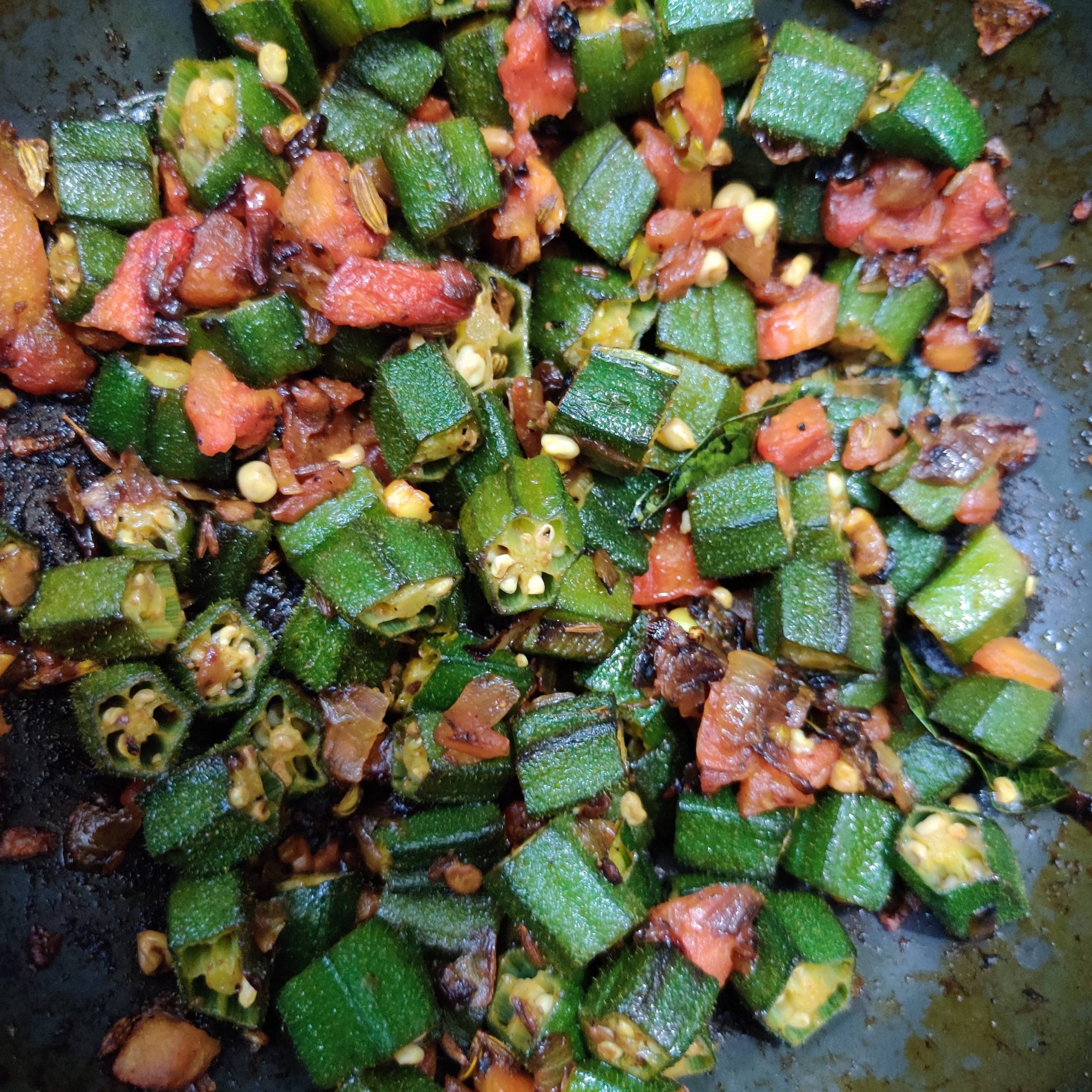

Total chlorophyll content of the varieties under light and under shade were: 1.441 mg/g and 1.254 mg/g, respectively for Kirikoa F1 and 0.549 mg/g and 0.938 mg/g, respectively for Hire. Also, internode (3.40☑.517 cm) was high at Kirikoa F1 under direct light. Among the treatments at ninth week after planting, Kirikoa F1 variety under shade had the highest number of leaves (7.0☑.00), plant height (27.80±5.718 cm), petiole length (7.60☒.408 cm), leaf length (11.30☒.168 cm) and leaf width (10.20☑.924 cm). The seeds germinated within 3 – 4 days after planting. esculentus plant were number of leaves, plant height, leaf petiole length, internode, pigments and nutritional composition. The parameters assessed following standard procedures on A. The seeds and soil were tested for liability and physicochemical composition, respectively, before the commencement of the work. esculentus seeds (Kirikoa F1 and Hire varieties) which were replicated 5 times for both under shade and under direct sunlight as growth conditions. This experiment was carried out using two varieties of A. The effect of shade on the germination, growth, and development of Abelmoschus esculentus (L.) Moench (Okra) was investigated. Accessions with maintained growth and health under flooding were selected for future further analysis and use in breeding. Across the germplasm panel, maintained growth was correlated with maintained normalized differential vegetation index and was negatively correlated with plant senescence index. Several accessions showed only a small reduction in daily growth increment during flooding. Growth increment per day and changes of physiological indices were measured before, during, and after application of 9 days of flooding stress. esculentus accessions of the core collection (75 accessions) and 20 breeder-selected genotypes have been screened for variation of their response to flooding stress under field conditions using a high throughput phenotyping system. manihot has been assembled from the World Vegetable Center germplasm collection (840 accessions) based on diversity analysis with 20 microsatellite markers. An okra core collection of 166 accessions comprising A. The okra biodiversity held in gene bank collections could be mined for traits for breeding more stress tolerant and nutritional cultivars. Seed garden label included in seed pack.Okra (Abelmoschus esculentus) is a heat tolerant vegetable crop with high economic and nutritional importance in parts of Asia, Africa, and America. As a result, we recommend planting a crop of okra in spring, summer and again in fall. Once plants get tall, they may become less productive and harvesting will become more difficult. We suggest succession planting okra throughout the warmer months. Jambalaya can be easily planted with a walk-behind planter like our Hoss Garden Seeder. Plants are ready to go in the ground when they can be easily pulled from the cells in the seed starting tray.For late spring and summer plantings, direct seeding is preferred. Okra transplants grow great in our heavy-duty seed starting trays, where they develop a solid root ball with roots that are trained to grow downward. We recommend starting transplants 4-5 weeks before the desired outdoor planting date. By transplanting, you can have plants in the ground before the soil temperature warms enough to direct seed. Okra prefers warmer temperatures for seed to germinate. In early spring, we recommend transplanting to get a jump start on the growing season. Jambalaya Okra may be direct-seeded or transplanted. For pickled okra, smaller pods may be desired. Pods are great when pickled, fried or boiled. Jambalaya produces meaty pods that are best picked when 4-6″ long. When harvested regularly, plants will producing heavy-yields of delicious okra multiple times a week. Compact plants can start producing okra pods at 1-2′ tall and will continue producing as plants grow to 5-6′ tall. If you want to be the first one on the block to have okra in the spring, this is the variety for you.

Jambalaya Okra is a hybrid variety that is the most productive variety of okra that we’ve ever grown. Ammonium Sulfate Fertilizer Menu Toggle.Vegetable, Flower, Fruit and Ornamental Fungicide.


 0 kommentar(er)
0 kommentar(er)
